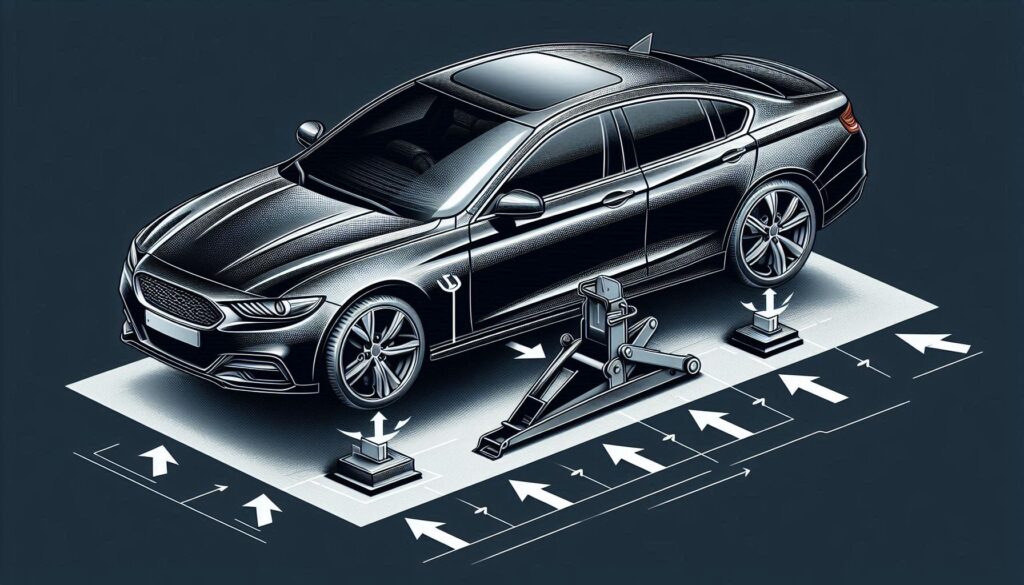
When it comes to changing a tire or performing some basic maintenance on your car, knowing where to place the jack is crucial for both safety and efficiency. This guide will walk you through the best practices for placing the jack on the rear of your car.
Why Proper Jack Placement Matters
Before diving into the details, let’s briefly talk about why this is important. Incorrectly placing the jack can lead to damage to your car’s undercarriage, or worse, cause the car to slip off the jack, creating a dangerous situation. Knowing the right spots ensures that your car is secure and you stay safe.
A Step-by-Step Guide: Where to Place the Jack on the Rear of the Car
Step 1: Find a Safe Location to Jack Up Your Car
First things first, make sure you’re on a flat, stable surface. Avoid soft ground like grass or gravel, as this can cause the jack to sink or become unstable. A solid concrete or asphalt surface is ideal.
Step 2: Engage the Parking Brake
Always engage the parking brake before jacking up the car. This prevents any unintended movement while the car is lifted. For added safety, place wheel chocks (small wedges) in front of the front tires to prevent rolling.
Step 3: Locate the Rear Jacking Points
Now, let’s find the proper jacking points. These are specific areas on the car’s frame designed to handle the weight without causing damage. Typically, for the rear of the car, the jacking points are located near the rear tires, just behind the front of the rear wheel well.
Here’s how to find them:
- Consult Your Owner’s Manual: The manual usually includes diagrams showing the exact jacking points.
- Look for Metal Reinforcements: Many cars have reinforced metal areas or notches on the frame near the wheel wells. These are often the jacking points.
Step 4: Place the Jack Under the Jacking Point
Once you’ve identified the jacking point, position the jack directly under it. Make sure the jack’s saddle (the part that makes contact with the car) is aligned with the jacking point.
Step 5: Lift the Car Slowly
With the jack in place, begin lifting the car by turning the jack handle clockwise. Do this slowly and steadily, keeping an eye on the car to ensure it’s rising evenly. Lift the car just high enough to perform the work you need—typically, just enough to remove the tire.
Step 6: Use Jack Stands for Extra Safety
If you’re going to be working under the car or leaving it jacked up for an extended period, it’s a good idea to use jack stands. After lifting the car, place jack stands under the frame near the jacking points, then lower the car onto the stands.
Step 7: Lower the Car Safely
When you’re done, slowly lower the car by turning the jack handle counterclockwise. Remove the jack stands first, if you used them, and then completely lower the car until it’s back on the ground.
Final Thoughts
Knowing where to place the jack on the rear of your car is essential for safe and efficient maintenance. Always take your time to ensure you’re lifting the car correctly, and don’t hesitate to consult your owner’s manual for guidance. With these steps, you’ll be able to confidently lift your car and get the job done right.


